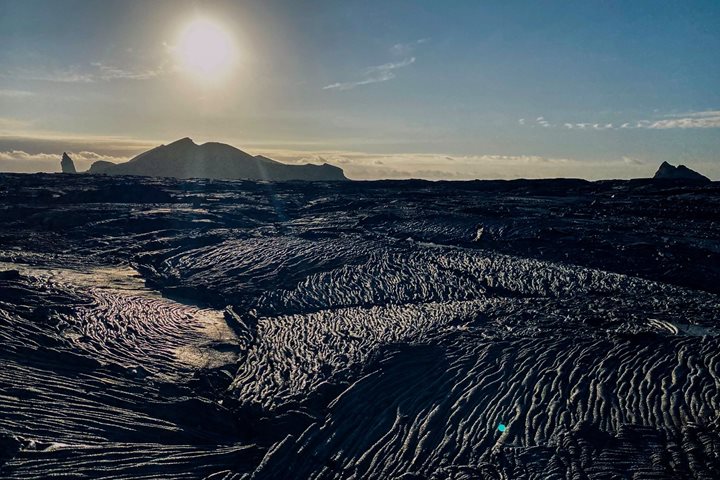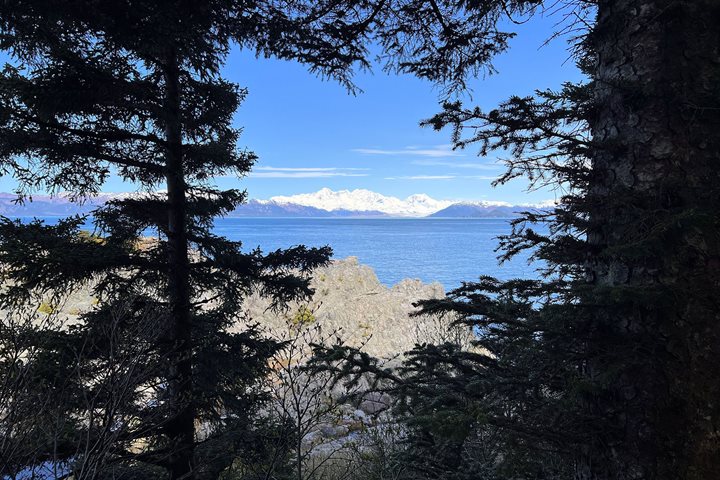I’m very lucky to work for Lindblad Expeditions-National Geographic on a number of different expeditions around the world. As a Lindblad-National Geographic certified photo instructor on these voyages, it is a big part of my job to give advice to guests on all aspects of digital photography, including what gear I use for traveling on board our ships! Even though there are slight variations in what I travel with, depending on which itinerary I’m on, most of my gear remains fairly consistent. I am a “wildlife” photographer, so here is a quick overview of what I normally travel with. Get Inspired By Photos, Videos, Webinars, Stories, And Exclusive Offers. Sign Up
Cameras
Two DSLR bodies, one full size sensor, and the other a smaller APS sensor. Also, I’ve started bringing either a mirrorless camera along, and or a good point-and-shoot, so I don’t always have to carry a larger body on shore!
Batteries
An add-on vertical release battery pack, several extra batteries and charger, and a number of additional memory cards. What I have found over the many years of doing these trips is that many guests don’t bring an extra battery, or any at all (very necessary, they do fail), forget their charger, or forget both because they plugged them into charge and then neglected to pack them!
Lenses
Several ranges of zoom lenses, 200-500mm, 70-200mm, plus a compatible 1.4 tele converter, and a wide angle of 18-35mm. Often I’ll also bring either a 16mm fisheye, and or a 60mm macro, depending on where I’m headed.
Camera Packs
I try to bring my medium sized camera pack whenever possible, but sometimes it is my large one that gets pressed into service, as well as a smaller one that can hold a single body and telephoto zoom. This is for carrying on shore and will fit into my dry-bag (backpack) for coming back-and-forth to shore on Zodiacs (very important). It can also be used to protect equipment while on shore in inclement weather, or while kayaking!
Camera Stands
A monopod, rather than a tripod, seems to work better for using telephotos from a crowded bow on board ship, or doing walks and longer hikes on land! Many modern zoom telephotos can be hand-held however using the vibration reduction technology, and a faster shutter speed.
Additional Tools
One of the most important tools in my bag always is a really good pair of binoculars, used to spot and observe wildlife movements. Lastly, having several good microfiber cleaning cloths along, and accessible, for cleaning lenses, as well as a “Rocket Blower,” or similar tool, to clean particles off of your sensors, is very important to take care of your equipment under “outside” environmental conditions.
One last thing I’d like to talk about is the advantage of traveling by ship for photography. Often we are visiting places in remote locations worldwide that can only be accessed by ship. Ships can access extreme sea ice conditions in the Arctic and Antarctic for observing, and photographing, elusive or dangerous critters like polar bears, walrus, and other pinnipeds or whales! The other great advantage is our fleet of Zodiacs that can safely get guests to and from shore in very remote places, plus can get you an incredible close encounter with many elusive animals around the world. It’s a great way to travel, and can be an incredibly rewarding photo experience!



